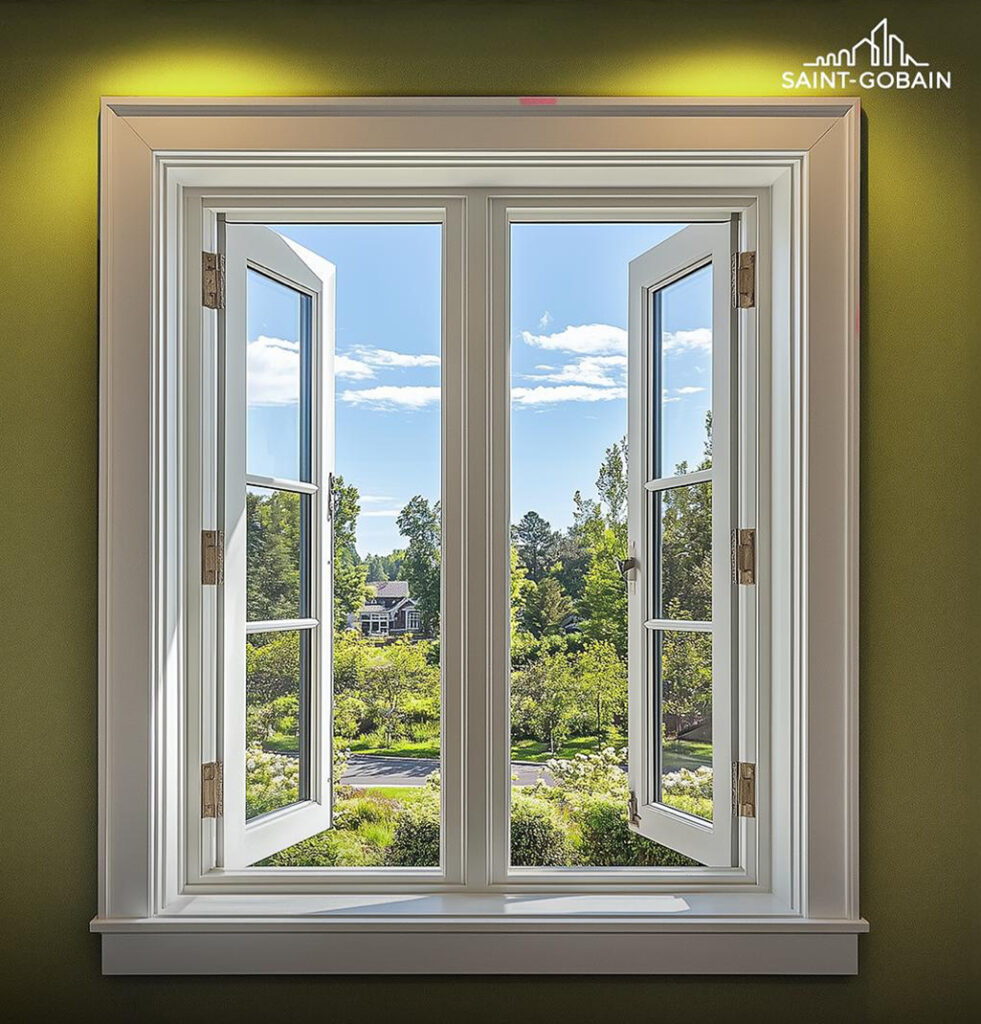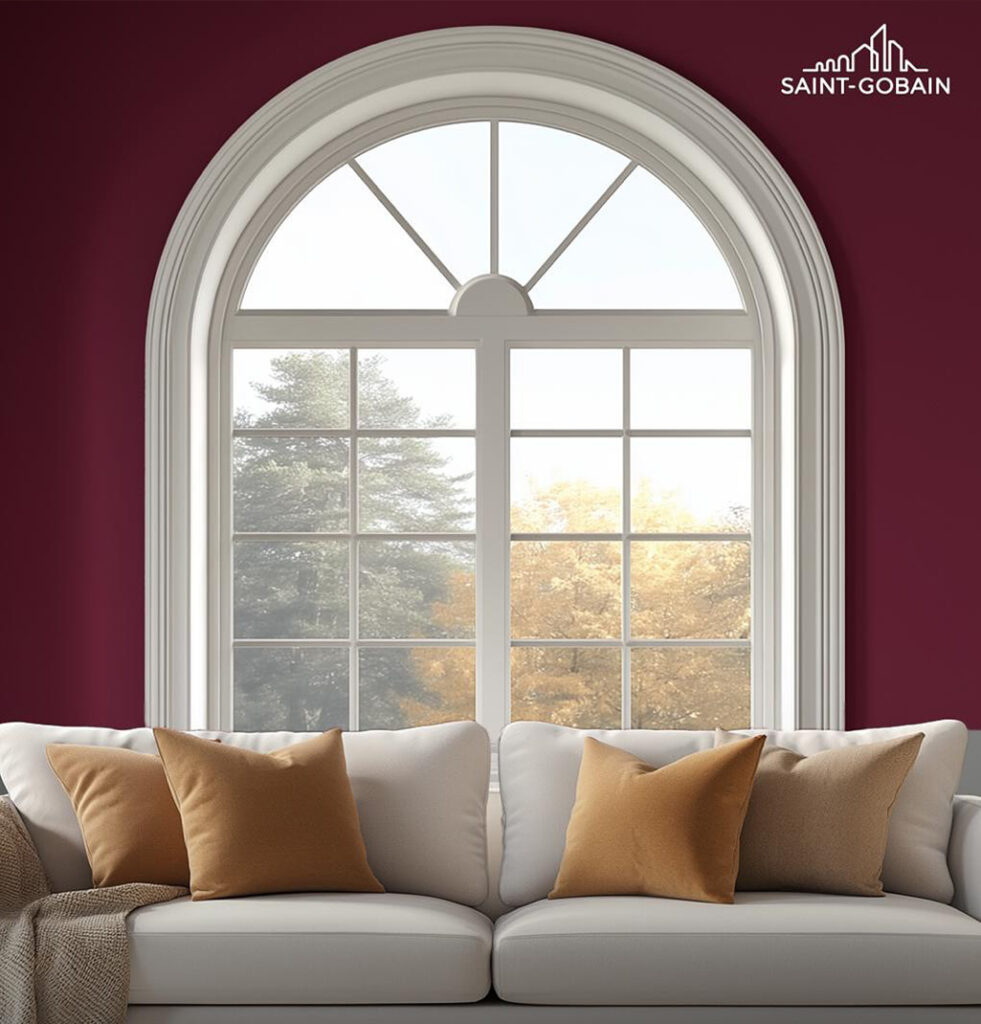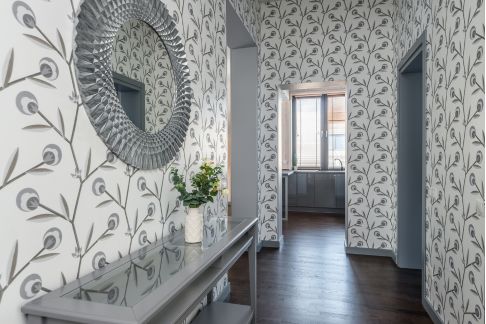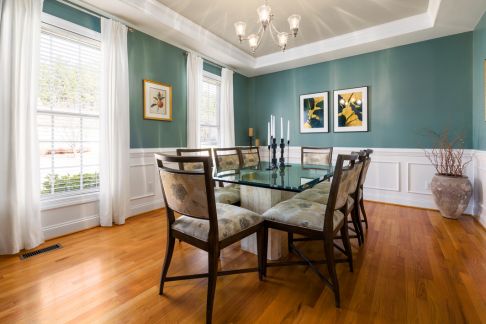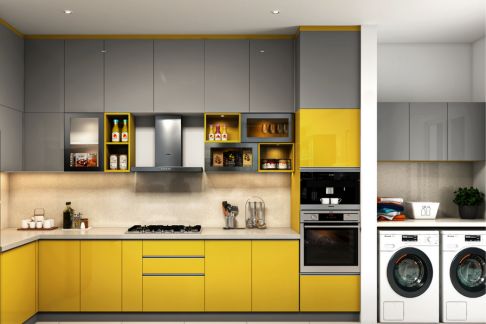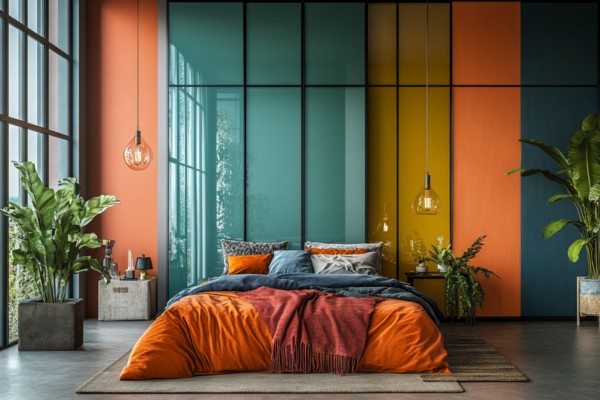At the core of a building’s design is its ability to connect with the outside world, and windows play a crucial role in this connection. Strategically placed windows enhance natural lighting, improve ventilation, and regulate indoor temperatures.
In India, where the climate varies significantly, window designs must balance aesthetics with functionality to ensure year-round comfort and energy efficiency.
At a recent MyHome by Saint-Gobain roundtable, experts emphasized the importance of adapting window designs to India’s environmental challenges. Discussions focused on improving ventilation, managing heat, ease of maintenance, and enhancing structural durability. The panel included architects Pradeep Varma, Rohan Rathi, Rasya Kumar, and Saint-Gobain experts Sugumar and Fahim Mohammed.
By integrating innovative materials, advanced manufacturing, and precise installation processes, windows can be more functional and sustainable.
Understanding India’s Climate: Why Context Matters
India’s diverse geography presents distinct architectural challenges. In arid regions like Rajasthan and Gujarat, windows must minimize heat gain while optimizing daylight. Humid coastal states like Kerala and Tamil Nadu require designs that enhance ventilation and prevent water seepage. In colder northern regions like Uttarakhand and Himachal Pradesh, windows must retain heat while maximizing natural light.
Tropicalization ensures window designs cater to specific environmental needs, enhancing energy savings, indoor comfort, and eco-friendly construction.
Key Design Principles for Tropical Windows
1. Daylight Optimization with Heat Management
India’s abundant sunlight makes natural lighting an energy-efficient choice, but excessive sunlight can lead to overheating. Solar Control Glass allows light in while reducing heat gain and blocking UV rays. Shading devices like overhangs, louvers, and blinds further reduce glare and indoor temperatures, improving energy efficiency and comfort.
2. Ventilation for Airflow
Proper ventilation is essential for indoor air quality and thermal comfort, especially in humid or densely populated areas. Cross-ventilation through strategically positioned windows promotes airflow, reducing humidity and reliance on air conditioning. Sliding, casement, and louvered windows enhance ventilation, while motorized systems aid circulation in high-rise buildings.
3. Energy Efficiency and Thermal Insulation
Double-glazed or multi-glazed windows improve insulation, keeping interiors cooler in summer and warmer in winter. UPVC frames, known for their durability and thermal efficiency, are a popular choice for sustainable buildings, offering long-term energy savings.
Materials and Features for Tropical Windows
uPVC Windows
UPVC (unplasticized polyvinyl chloride) windows are durable, energy-efficient, and ideal for Indian climates. Unlike wood, which warps, or metal, which conducts heat, uPVC frames provide excellent insulation, withstand sunlight exposure, and resist moisture damage. Their multi-chambered design enhances thermal performance, while their low maintenance requirements make them a practical choice.
Solar Control Glass
The choice of glass significantly impacts window performance. Solar Control Glass reduces heat gain and UV exposure while allowing natural light to enter. Saint-Gobain’s Sun Ban range offers various colors and thicknesses for applications such as windows, facades, and balconies.
Weep Holes
Weep holes are small openings at the bottom of window frames designed to drain excess water and prevent accumulation. In humid and rainy regions, these prevent leaks and structural damage while ensuring longevity.
Seals and Frames for Longevity
High-quality seals prevent air and water leaks, improving energy efficiency and reducing structural damage. UPVC frames offer superior durability, resisting warping and degradation over time.
Mosquito Net
Integrated mosquito mesh ensures a pest-free, well-ventilated living space, especially in humid regions where mosquitoes thrive.
Conclusion
Selecting the right windows enhances comfort and energy efficiency in India’s diverse climate. Tropicalization ensures optimal daylight, ventilation, and insulation, contributing to sustainable, climate-responsive architecture.
Saint-Gobain offers an array of glass solutions tailored to India’s climate, integrating innovative materials and advanced technology for a greener future.


